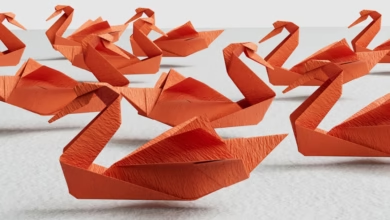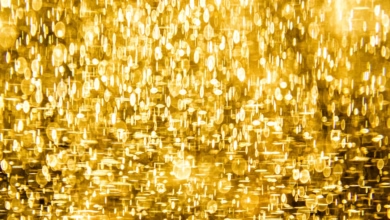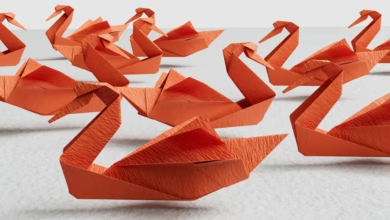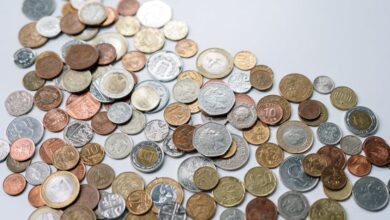Metals in Motion: Navigating Industrial Demand and Investment Trends in a Changing Economy
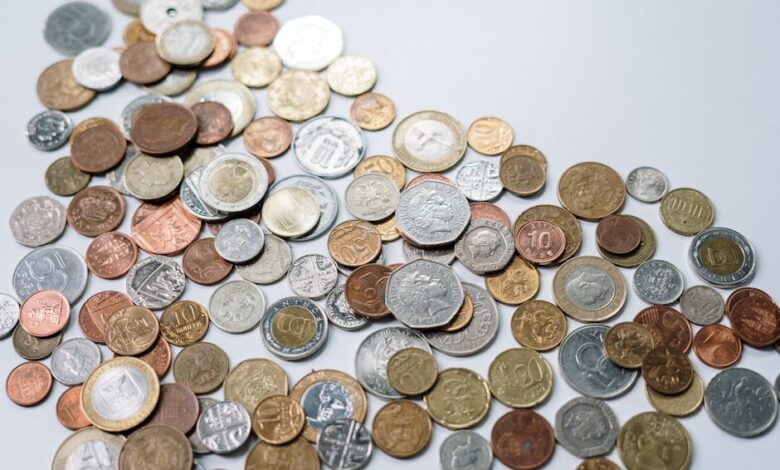
In an era where economic fluctuations and technological advancements are intertwined, the significance of metals in both industrial and investment landscapes cannot be overstated. From silver’s unique position straddling the line between a valuable industrial resource and a sought-after investment asset to copper’s role as a bellwether for global economic health, the dynamics of these metals offer crucial insights into market trends. Moreover, the increasing demand for green energy technologies is reshaping the landscape for rare earth metals, while the ongoing debate between platinum and palladium investments highlights the complexities within precious metal markets. As inflation continues to exert pressure on both precious and industrial metal prices, understanding how these factors influence investment portfolios becomes essential for savvy investors. This article delves into the multifaceted roles of various metals, exploring their implications for economic stability, investment strategies, and the future of sustainable technologies. Join us as we navigate the intricate relationships between metal markets, regulatory environments, and the quest for a greener economy.
- 1. Silver's Dual Role: Industrial Applications and Investment Appeal
- 2. Copper Prices as Economic Barometers: Understanding Global Trends
- 3. Green Technologies and Rare Earth Metals: Shaping Future Demand
1. Silver's Dual Role: Industrial Applications and Investment Appeal
Silver plays a unique and dual role in both industrial applications and investment markets, making it an essential metal in today's economy. On one hand, silver is widely recognized for its industrial uses, particularly in electronics, solar energy, and medical applications. Its excellent conductivity and resistance to corrosion make it a preferred material for components in smartphones, computers, and various electrical devices. Additionally, silver's antibacterial properties are leveraged in medical instruments and wound dressings, further expanding its industrial footprint. The rise of renewable energy technologies, particularly solar panels, has significantly boosted demand for silver, as it is a key component in photovoltaic cells.
On the other hand, silver holds substantial appeal as an investment asset. Investors often turn to silver as a hedge against inflation and currency fluctuations, considering it a safe haven similar to gold. Its relatively lower price compared to gold allows for more accessible investment opportunities for a broader range of investors. Silver is also seen as a store of value, particularly during economic uncertainty, which can drive demand in the investment market. The emergence of silver-backed exchange-traded funds (ETFs) has further facilitated investment in silver, allowing investors to gain exposure to the metal without the need for physical ownership.
The interplay between silver's industrial demand and investment appeal creates a dynamic market environment. While industrial demand can influence silver prices by affecting supply and consumption patterns, investment trends can also impact its market value. As global economies evolve and new technologies emerge, the dual role of silver will likely continue to shape its market dynamics, making it a vital component of both industrial and investment sectors.
2. Copper Prices as Economic Barometers: Understanding Global Trends
Copper prices serve as a crucial indicator of global economic health due to the metal’s widespread use across various industries, particularly in construction, electronics, and manufacturing. Often referred to as "Dr. Copper," this nickname reflects copper’s ability to predict economic trends because its demand typically correlates with economic growth. When economies are expanding, the demand for copper increases, leading to higher prices. Conversely, during economic downturns, demand diminishes, resulting in lower prices.
The fluctuations in copper prices can be attributed to several factors, including supply chain dynamics, geopolitical events, and changes in consumer demand. For instance, significant infrastructure projects, particularly in emerging markets, can drive demand upward, pushing prices higher. On the other hand, trade tensions or economic slowdowns can lead to a decrease in demand, which is often mirrored by falling prices.
Additionally, the role of speculative trading in copper markets can't be overlooked. Investors frequently use copper futures as a hedge against inflation and economic instability, which can amplify price changes based on market sentiment. Thus, observing copper price trends can provide insights into broader economic conditions, helping investors and policymakers gauge the health of the global economy.
In summary, copper prices reflect not only the immediate demands of various industries but also serve as a barometer for global economic activity, making them an essential focus for analysts and investors alike.
3. Green Technologies and Rare Earth Metals: Shaping Future Demand
The rapid advancement of green technologies is significantly reshaping the demand for rare earth metals, which are essential components in various applications critical to renewable energy and electronic devices. As the world transitions towards sustainable energy sources, the need for rare earth elements such as neodymium, dysprosium, and lithium is surging. These metals are pivotal in manufacturing high-performance magnets used in wind turbines, electric vehicles (EVs), and energy-efficient electronics.
The proliferation of electric vehicles, in particular, is a major driver of this demand. As automakers commit to electrifying their fleets, the requirement for rare earth metals to produce efficient batteries and motors is increasing. For instance, neodymium-iron-boron magnets are vital for the efficiency of EV motors, making neodymium a key player in the green energy transition.
Additionally, the push for renewable energy technologies, such as solar panels and energy storage systems, further amplifies the demand for rare earth metals. The production of photovoltaic cells, which convert sunlight into electricity, often relies on materials like indium and tellurium, while efficient energy storage systems depend on lithium and cobalt. As governments worldwide implement policies to incentivize green energy adoption, the market for these metals is expected to expand significantly.
However, the reliance on rare earth metals also raises concerns about supply chain sustainability and environmental impact. The extraction and processing of these metals can have detrimental effects on ecosystems and local communities, prompting calls for more responsible sourcing and recycling practices. As the green technology sector continues to grow, stakeholders will need to balance demand with environmental stewardship to ensure that the transition to a sustainable economy is both economically and ecologically viable.
In summary, the shift towards green technologies is not only driving an unprecedented demand for rare earth metals but also challenging industries to innovate in sourcing and sustainability, shaping the future landscape of both the technology and investment markets.
In conclusion, the intricate relationship between metals and the global economy is underscored by their multifaceted roles in both industrial applications and investment strategies. Silver, with its unique blend of industrial utility and investment allure, exemplifies how metals can serve dual purposes that cater to both immediate technological needs and long-term financial goals. Meanwhile, copper prices not only reflect economic health but also serve as a barometer for broader market trends, highlighting the interconnectedness of commodities and global growth.
As the shift toward green energy technologies accelerates, the demand for rare earth metals is poised to rise, emphasizing the need for strategic investments in these essential resources. The ongoing debate between platinum and palladium as investment vehicles showcases the importance of understanding market dynamics and individual asset characteristics. Furthermore, diversifying investment portfolios with metals can provide a hedge against inflation, which continues to influence the pricing landscape.
Looking ahead, aluminum’s potential in a sustainable economy suggests a promising future, especially as industries increasingly prioritize eco-friendly practices. However, the impact of mining regulations cannot be overlooked, as they play a crucial role in shaping metal prices and availability.
Overall, the evolving landscape of metal markets presents both challenges and opportunities for investors and industries alike. By staying informed about these trends and understanding the various factors at play, stakeholders can navigate the complexities of the metal market more effectively and make informed decisions that align with their financial and sustainability goals.

